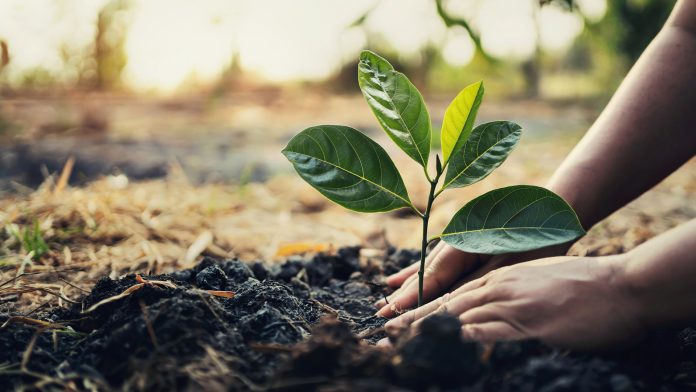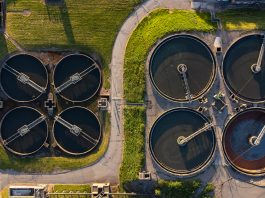According to research from the University of Gothenburg, tree planting may not be the optimal strategy for reducing carbon dioxide.
As carbon dioxide levels continue to rise, tree planting has been long-viewed as an effective way to bind carbon dioxide. However, new research suggests that forests situated on nutrient-poor land will not be an additional carbon sink in the long term. This is because forests’ uptake of CO2 declines as they age. Moreover, each time forests are planted, there is a risk of extra carbon being released from the soil.
Plants’ carbon-binding capacity is an essential factor in calculating the impacts of climate change as CO2 levels rise in the atmosphere. University of Gothenburg researchers have now measured how much biomass grows under air with elevated CO2 levels in various long-term field experiments. The results illuminated that growth stimulation was poor or missing in plants located in poor soil, in some cases after only ten years.
Louise Andresen, a researcher at the University of Gothenburg, commented: “The total biomass that binds carbon was not stimulated more by the elevated CO2 levels in our experiments over time. Exactly when growth slowed down depended on various factors, but one important one was how much nitrogen the soil contained.”
Tree planting may be ineffective
A factor that has not previously been taken into account is that some trees die prematurely and therefore stop binding carbon dioxide, with their carbon instead released early. Due to this, there has been much debate about the ability of our forests to mitigate the greenhouse effect.
“We now know that we humans can’t just silence our consciences by tree planting; in the long term, it doesn’t actually help. The only thing that will help is for humanity to reduce its greenhouse gas emissions,” said Andresen.
The researchers cautioned that tree planting could actually have significant adverse effects. For example, a tundra or heath-like land is naturally a good carbon sink, so if machines roll in it to prepare the soil for tree planting, there is a risk the carbon contained in the soil will be released into the atmosphere.
Soil quality is crucial
Earlier theories suggested that elevated carbon dioxide levels caused biomass to grow. In outdoor studies in the US, Switzerland, Denmark and elsewhere, forests, grasses, and other vegetation were exposed to a manipulated level of carbon dioxide in the air, with the researchers measuring biomass growth. They identified that when the soil had low nitrogen concentrations, the biomass stopped increasing after a few years of growth.
“That’s not great news, given that carbon dioxide levels in the Earth’s atmosphere have risen from 380 ppm to over 410 ppm in the last 20 years alone. After these very long experiments, we know more about how vegetation responds to elevated carbon dioxide levels. When you take the whole ecosystem, the soil’s fertility and the whole life cycle of the plant into account, many ecosystems do not increase the amount of carbon they bind,” concluded Andresen.









